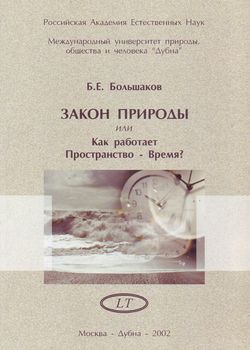Contents
Korablev Igor Gennadievich
MODELING AND OPTIMIZATION OF HIERARCHICAL MANAGEMENT STRUCTURES
Panachev Anton Anatolievich
ORGANIZATIONALLY CLOSED ECONOMIC SYSTEMS AT MUNICIPALITY LEVEL: IDENTIFICATION AND TECHNOLOGY OF MANAGEMENT
Zaiter Murooj
ADAPTIVE CLOUD-BASED SECURITY ANALYTICS FOR INDUSTRIAL POWER SYSTEMS: A MULTI-CLASS DETECTION APPROACH
Dostovalov Andrey Andreevich, Kapustin Savely Andreevich
DEVELOPMENT OF A MARINE DEBRIS DETECTION MODEL
Vorobyov Yaroslav Vadimovich
OPERATING ALGORITHM OF THE AUTOMATIC AUDIO DESCRIPTION SYSTEM
Chekhomov Igor Vladislavovich
DEVELOPMENT OF A MODEL OF MANAGEMENT OF ORGANIZATIONAL SYSTEM OF INDUSTRIAL ENTERPRISE FOR OPTIMIZATION OF PRODUCTION OF CUSTOM PRODUCTS
Kibalnikov Sergey Vladimirovich
SKW-MATRIX AS A TRANSFORMATION OF THE TRANSCENDENTAL APPREHENSION OF KANT AND FICHTE

 ПОСЛЕДНИЕ ЭКЗЕМПЛЯРЫ ТИРАЖА
ПОСЛЕДНИЕ ЭКЗЕМПЛЯРЫ ТИРАЖА


